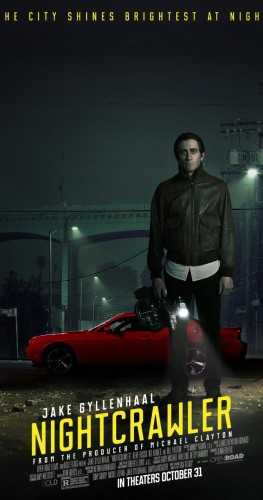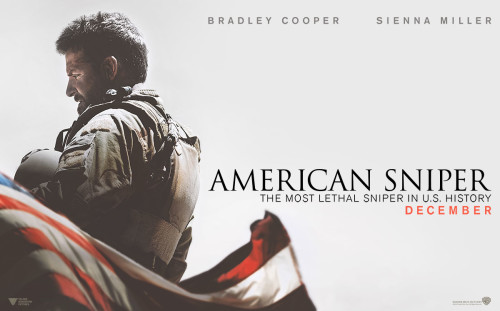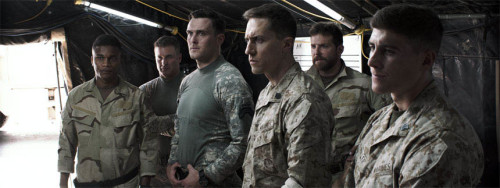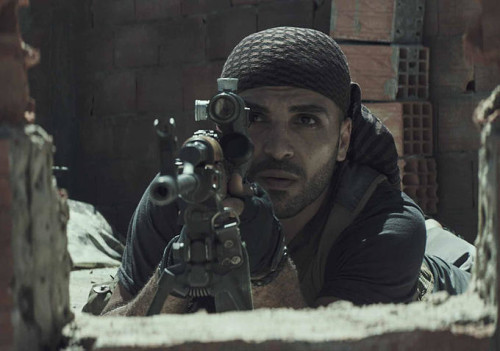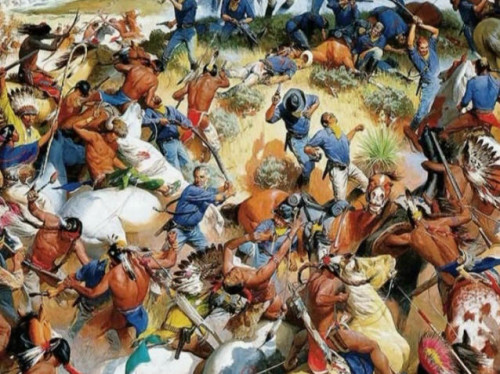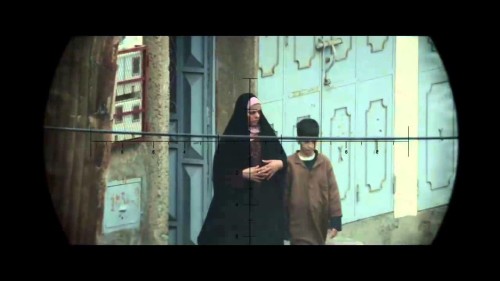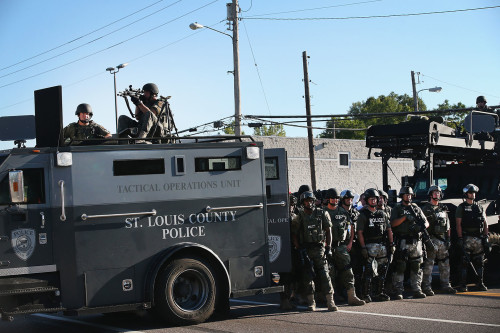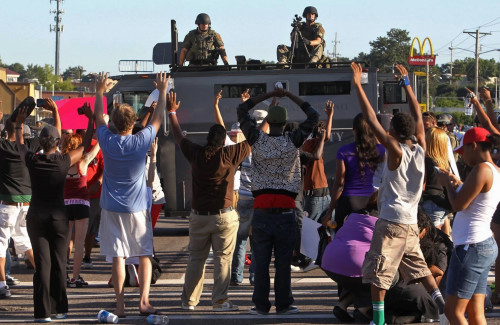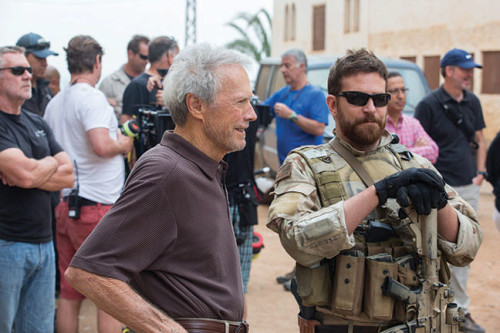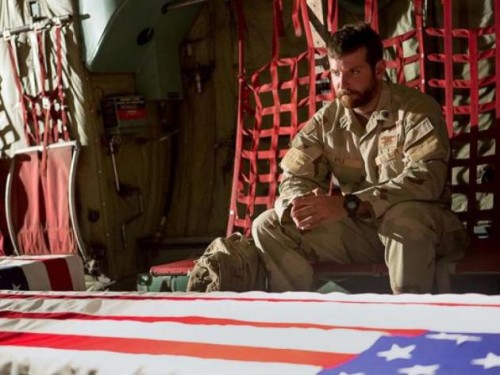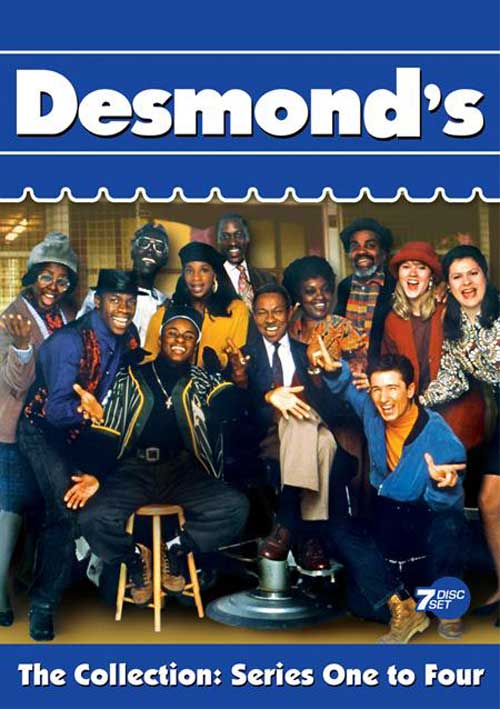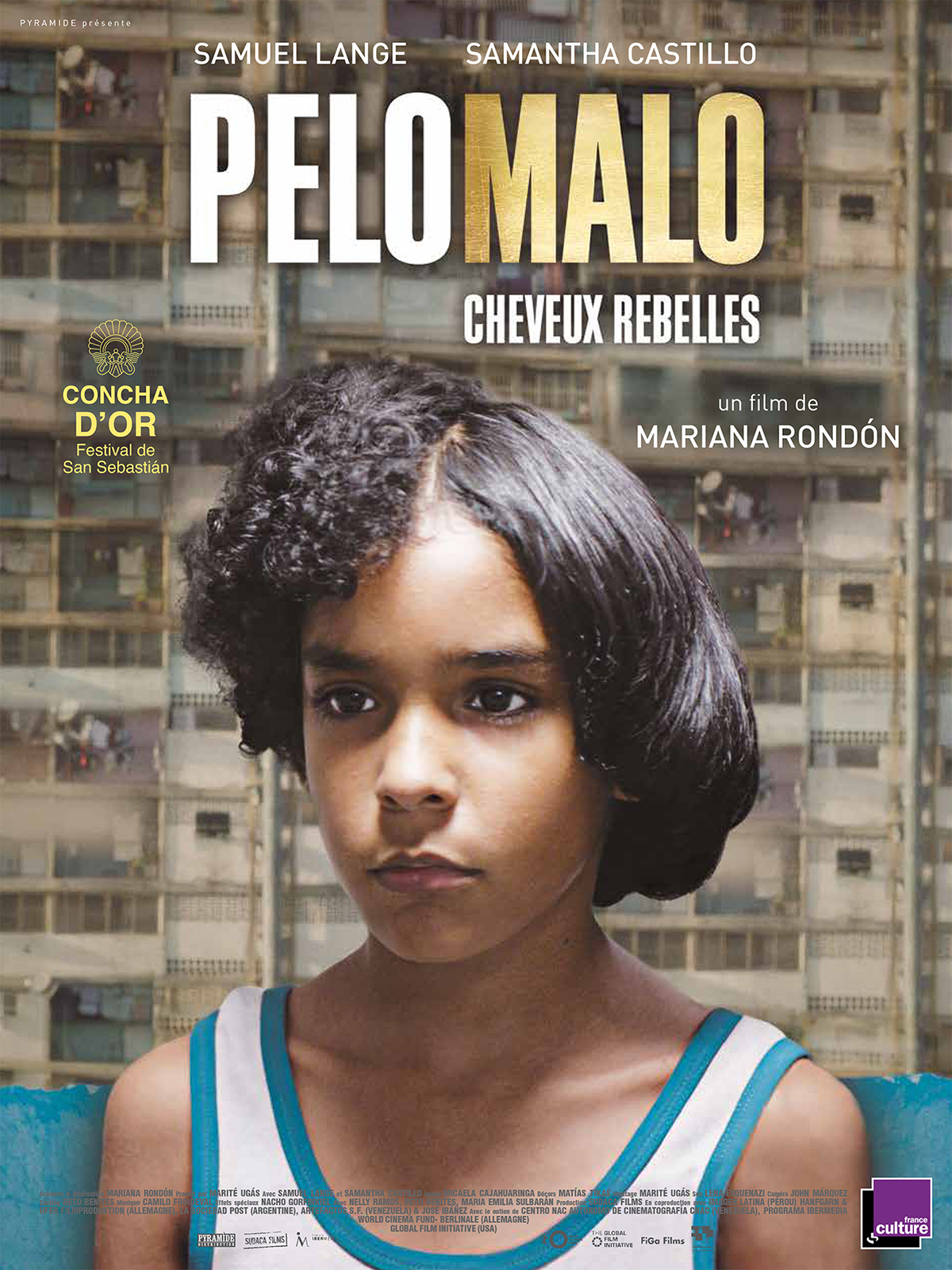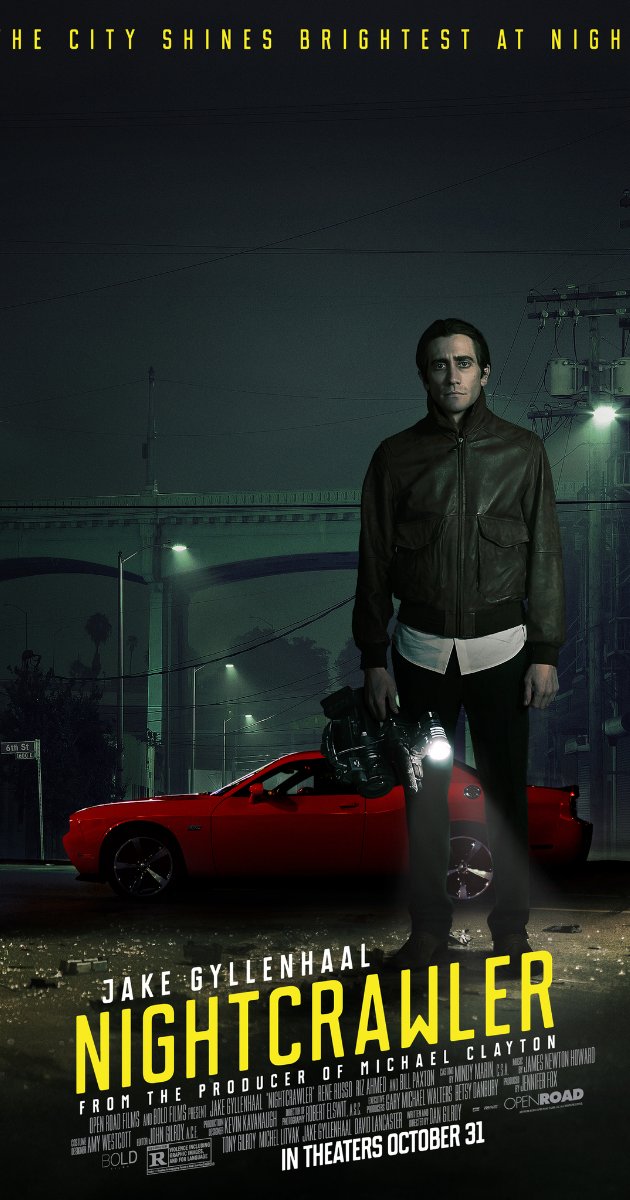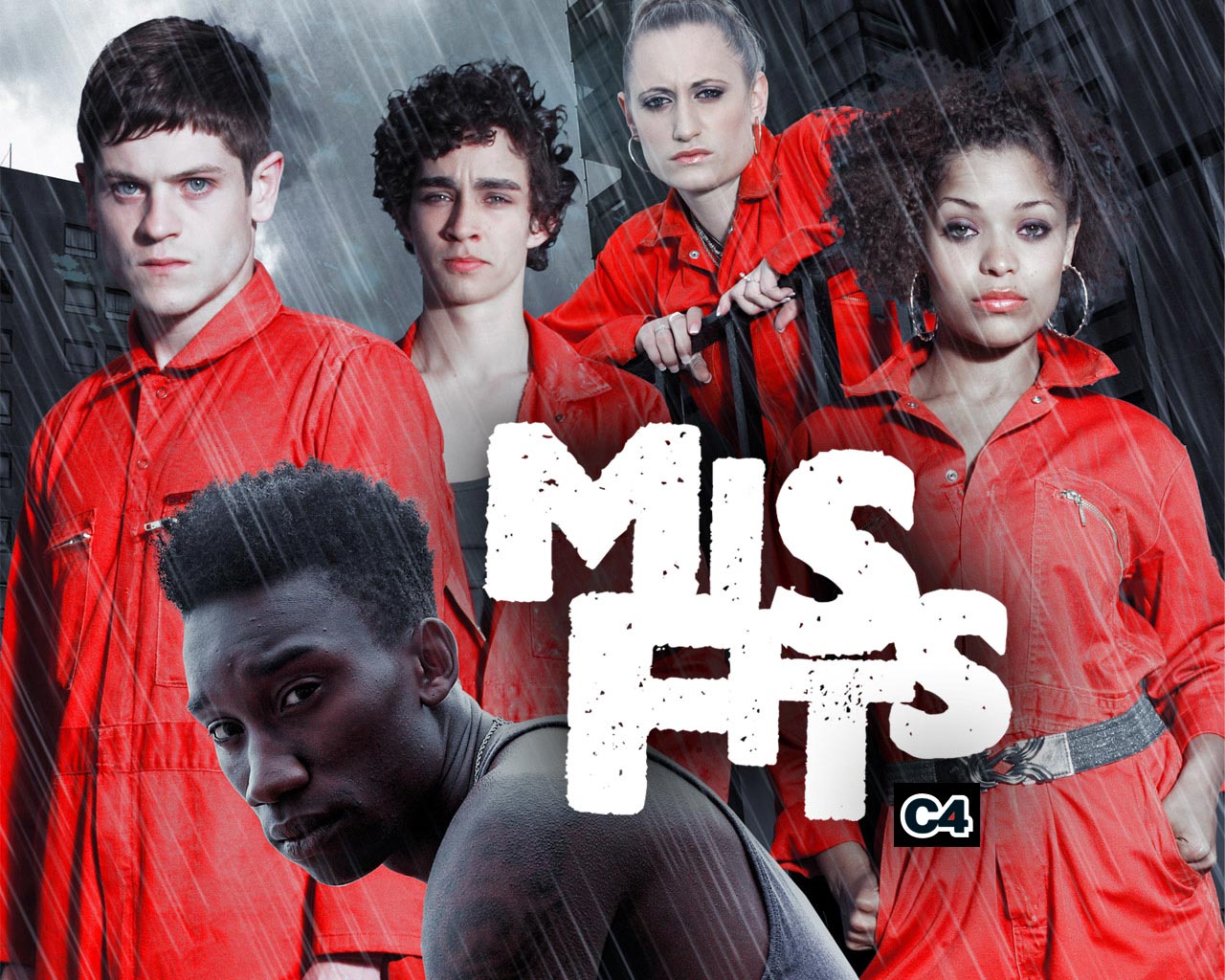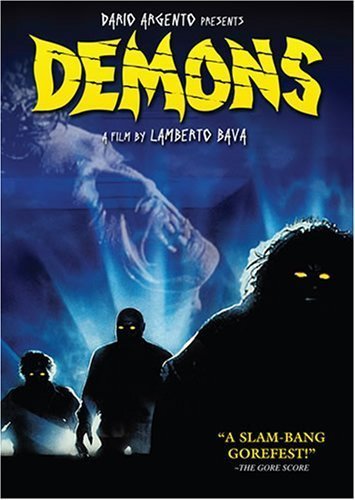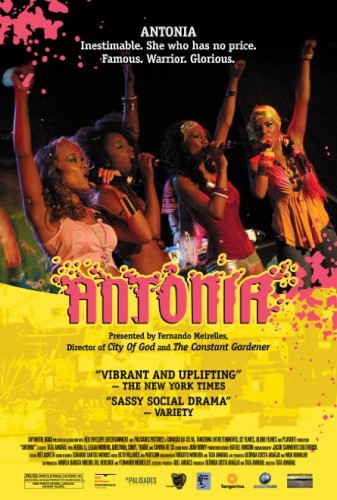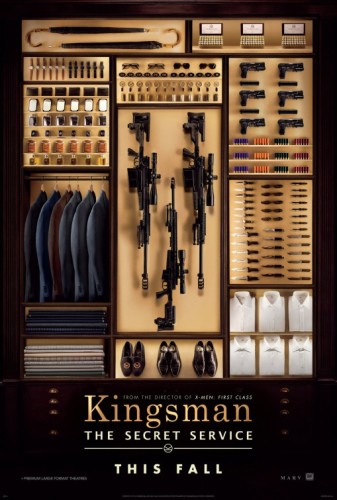
Written by Lisa Bolekaja.
I was not planning on viewing Kingsman: The Secret Service at all. I saw the trailers and just thought “Meh.” I wasn’t particularly impressed with the short scenes I saw with the main character, Gary “Eggsy” Unwin (Taron Egerton), the young up-and-coming super spy. To be quite honest, I wasn’t sure I could take Colin Firth seriously as a master spy-action hero. I’m so used to him playing dignified English characters like his stint in the Pride and Prejudice TV mini series, or his brilliant turn in The King’s Speech (for which Firth won a Best Actor Academy Award). Finally, I just wasn’t up to sitting through another movie with Samuel L. Jackson in it. Love me some Samuel, but for God’s sake Hollywood, the only Black men you know and love on the regular are Samuel L. Jackson and Morgan Freeman. Can we get some variety in the quest for diversity? Sheesh. (In the end I must admit, Samuel won me over, even with that awful acting choice of having a speech impediment. My movie buddy suggested that he was channeling Russell Simmons or Mike Tyson. It was so annoying.) But then I saw it was written and directed by Matthew Vaughn. I liked his work in the past. I was willing to put this on my radar.
Thank goodness for well-placed billboards in Hollywood. I was driving through West Hollywood and saw a spectacular billboard of the Algerian-born actress Sofia Boutella, who plays Jackson’s villainous side-kick, Gazelle. She was leaping in the air, her two bladed prosthetic legs in mid-splits. Now I was curious. A fellow cinefile suggested we go check it out. “But the trailer was so boring,” I whined. “The young hero looks like a snarky dudebro brat with a cockney accent.” I thought about that Sofia Boutella billboard again. She looked so… badass.
I am so glad I went to see Kingsman: The Secret Service. It is the most fun I’ve had at a movie in a long time. And I am so mad about what I feel is bad marketing. The trailer doesn’t do this movie justice. I’m so afraid people won’t see this winner of a film because the TV ads misrepresent what the story is really about. It’s not the story of a know-it-all, can-do-it-all smart ass. It’s really about the commitment to build up a community and not just an individual. Eggsy doesn’t become a one-man hit squad who saves the world by his individual skills and charm. It takes a team of three working together to save mankind. This highlighting of the team over the individual, and also the subtle conversations about class prejudice and the dismantling of homogenous upper class-centered recruitment within the world of the Kingsman society is refreshing and very exciting to watch. And who knew Colin Firth would turn out to be a kickass, low-key sexy, action hero with swagger? Also, Luke Skywalker is in this thing. Shut up.

Basic set-up (without giving too much away), Eggsy’s father was a Kingsman recruit of Harry, (Colin Firth) in the 90s, who was killed while Eggsy was a little boy. Fast-forward 17 years later and young Eggsy has turned into a car thief and troublemaker who seeks out help from the Kingsman when he finds himself in a rough patch with jail time attached. Harry comes back into Eggsy’s life with an offer of a lifetime: the opportunity to follow in his father’s footsteps by going through a rigourous selection process to become a Kingsman. There is only one spot available and several recruits vying for that position, including two females. The rest of the film is amusing recruitment tests and outstanding action sequences. Brutality in action scenes has never been so beautifully choreographed. Let’s just say that the “church scene” sequence will stay with folks as a highlight of the film. Colin Firth makes Chuck Norris look like a pre-schooler.
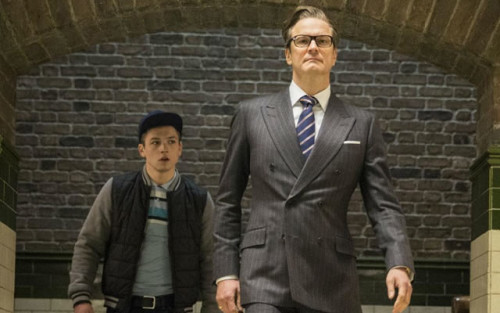
Fight scenes aside, Kingsman: The Secret Service doesn’t treat the two main women characters as potential love-interests or people without their own agency. I was so thrilled that the lone female character vying for a Kingsman spot, Roxy (Sophie Cookson) is never reduced to the girl as potential partner/jump-off, nor is Eggsy set-up to be enamored by her. They are both equals trying to win, and when Eggsy does have a moment where he helps Roxy overcome a fear, he treats her the way he would any male buddy in the same tight spot. I kept waiting for the obligatory romantic relationship building scenes, and was relieved when they never happened. Roxy holds her own. She’s smart, a team player, thinks on her feet, and is a solid loyal friend to Eggsy. She has all the qualities a good Kingsman needs. The actress, newcomer Sophie Cookson, is a real delight to watch. I expect more roles coming her way soon.
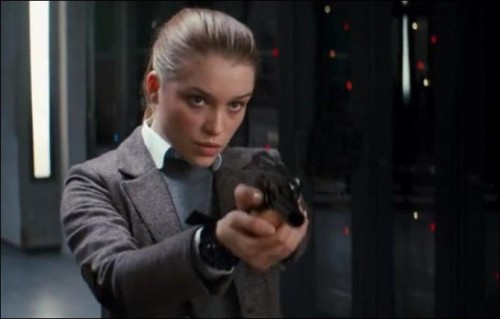
Samuel L. Jackson, who plays the billionaire Richmond Valentine, depends on his warrior/computer expert Gazelle, and she never lets him down. Highly intelligent, tech savvy and deadly with her leg blades, Gazelle is a standout character in this movie. Even more so with the casting of Sofia Boutella as Gazelle. Sofia has a world class face that draws you in to watch her every move. Casting a woman who looks like Boutella added so much richness to the film. It would’ve been so easy and typical to cast a Scarlett Johansson-type white female in this role. I’m so glad that didn’t happen. Sofia Boutella needs to be cast in more films. Although it doesn’t step near the Bechdel Test, both Roxy and Gazelle breathe life into the movie. I dare say that if neither of them were in it, the movie would only be half as good.

I am happy to say that Eggsy was not the character I thought he was going to be when I saw the trailer. Taron Egerton is perfectly cast. He imbues Eggsy with a rakish charm and vulnerability that endears you to his struggling working-class roots. He just wants to do better to help his mother and baby sister. The other recruits make fun of his lack of a prestigious university degree, and less than savory family pedigree. His bludgeoning of the King’s English was the first giveaway that he was not one of their kind. However it is Harry (Colin Firth) who champions the recruiting of Kingsman from different backgrounds. There is a sense that given time, Kingsman recruits won’t also be all white as they are now. Harry has a slight clashing of words with Michael Caine, who plays the Head Kingsman, Arthur. Arthur criticizes Harry for choosing Eggsy as a candidate, and it is clear that Arthur has a disdain for anyone without the right (unblemished white) credentials. But Harry will not be moved from his choices. He knows that diversity and new blood from new social groups will make the Kingsman stronger than ever. Inbreeding makes the team weak, and as we follow Eggsy to the end, we know that Harry is correct in his thinking. Reveling in the fun that is Kingsman: The Secret Service, I wish the Oscars and Hollywood would take heed of Harry’s example.

Professional raconteur and pop culture agitator, Lisa Bolekaja can be found on Twitter @LisaBolekaja or co-hosting on Hilliard Guess’ Screenwriters Rant Room (Stitcher and Itunes). Her newest short stories can be found in the forthcoming SF anthology How to Survive on Other Planets: A Guide For Aspiring Aliens from Upper Rubber Boot Publications and an upcoming issue of Uncanny Magazine. She will try not to judge a movie by its trailer again. At least this month.
